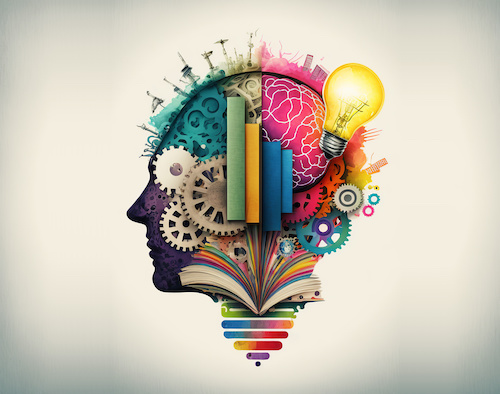What is creativity?
Creativity is a fascinating and multifaceted concept with many interpretations and layers. Here are some ways to understand it:
Definitionally:
- The ability to use your imagination to create something new or original. This can be anything from a groundbreaking invention to a unique artistic expression.
- The process of coming up with fresh ideas or solutions to problems. This might involve combining existing concepts in new ways, breaking patterns, or thinking outside the box.
- A characteristic of individuals who are able to think independently and make connections between seemingly unrelated things. This often involves curiosity, open-mindedness, and a willingness to experiment.
Beyond the definition:
- Creativity isn't limited to specific domains like art or science. It can be expressed in any field, from everyday problem-solving to cooking a delicious meal to building a successful business.
- It's not just about coming up with new ideas; it's also about implementing them effectively. Having a creative vision is great, but turning it into reality requires perseverance, resourcefulness, and execution skills.
- Creativity is often fueled by emotion, passion, and a desire to make a difference. It's about connecting with yourself, your surroundings, and your audience on a deeper level.
- It's not a fixed talent; it's a skill that can be developed and nurtured. Everyone has the potential to be creative, and with practice and the right mindset, anyone can unlock their creative potential.
Theories of creativity:
- Divergent thinking: This emphasizes the exploration of multiple possibilities and breaking away from conventional solutions.
- Problem-solving: This sees creativity as a process of identifying and overcoming challenges in innovative ways.
- Associative thinking: This highlights the ability to make connections between seemingly unrelated ideas and concepts.
Ultimately, creativity is a powerful force that drives innovation, progress, and self-expression. By understanding its various facets and fostering its development, we can unlock its potential to shape a brighter and more fulfilling future for ourselves and the world around us.

Comments
Post a Comment
Thanks